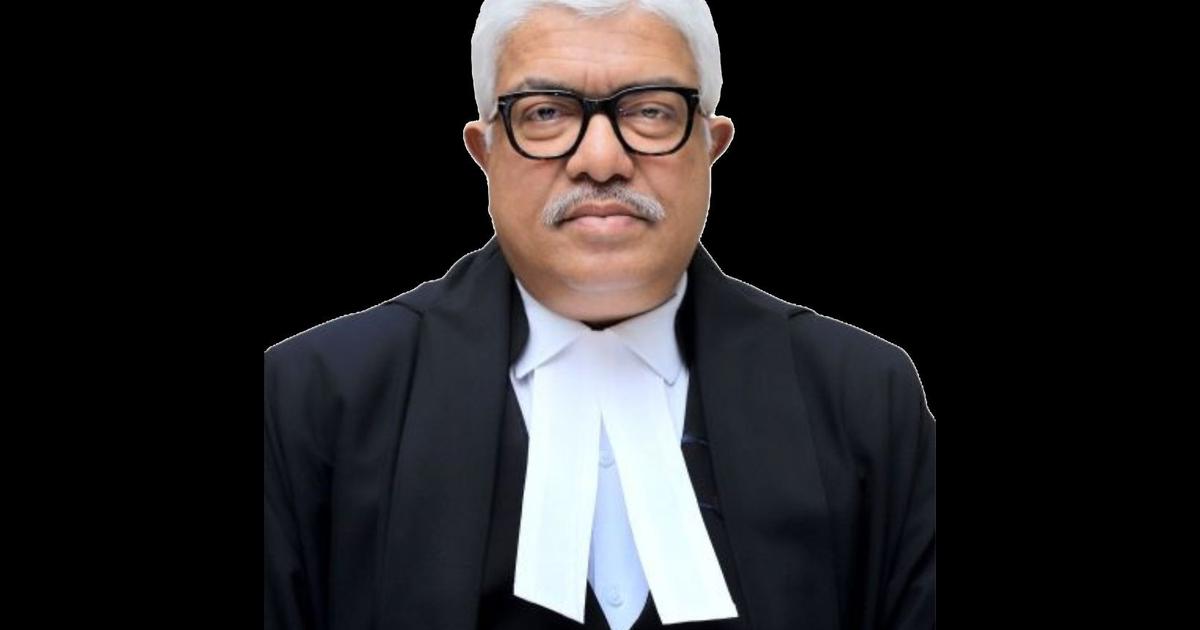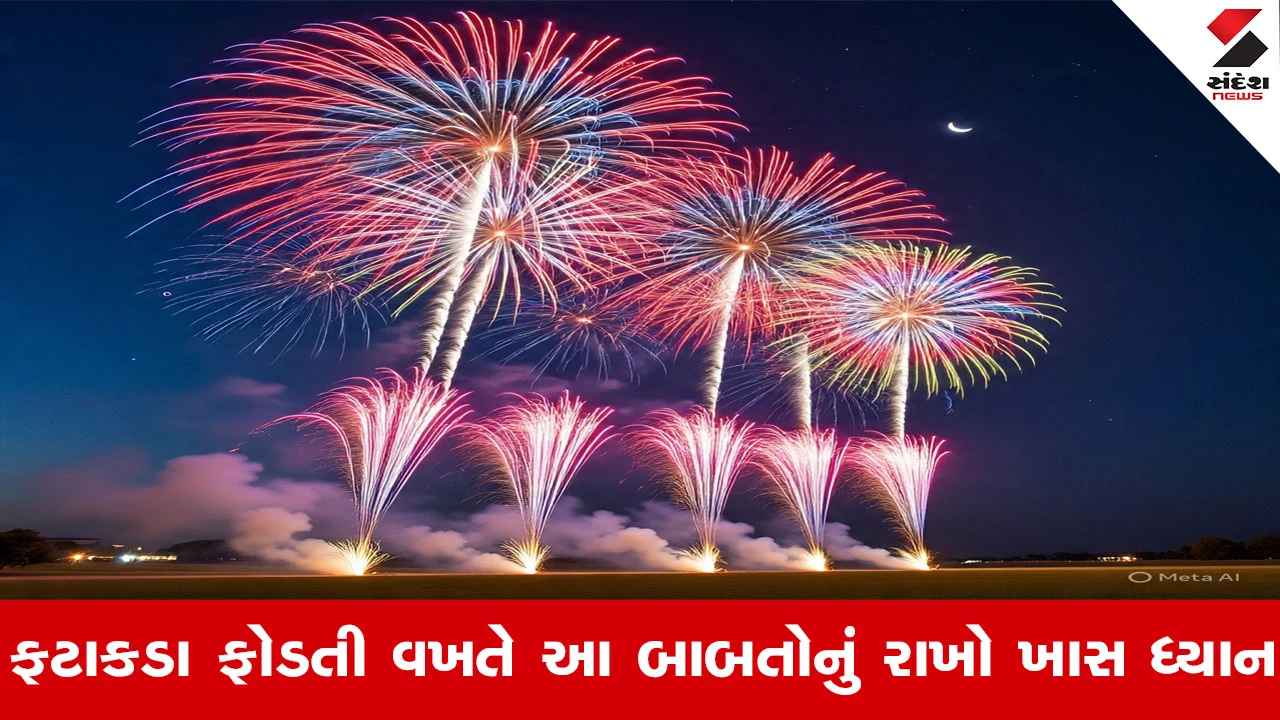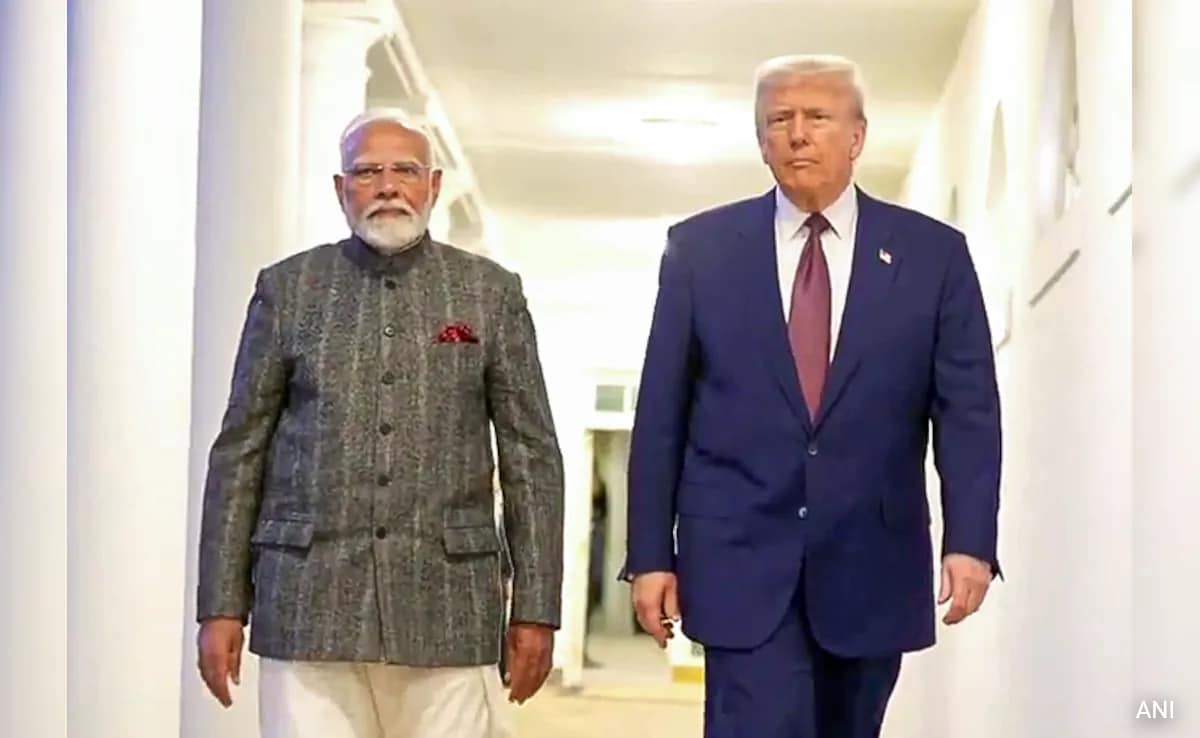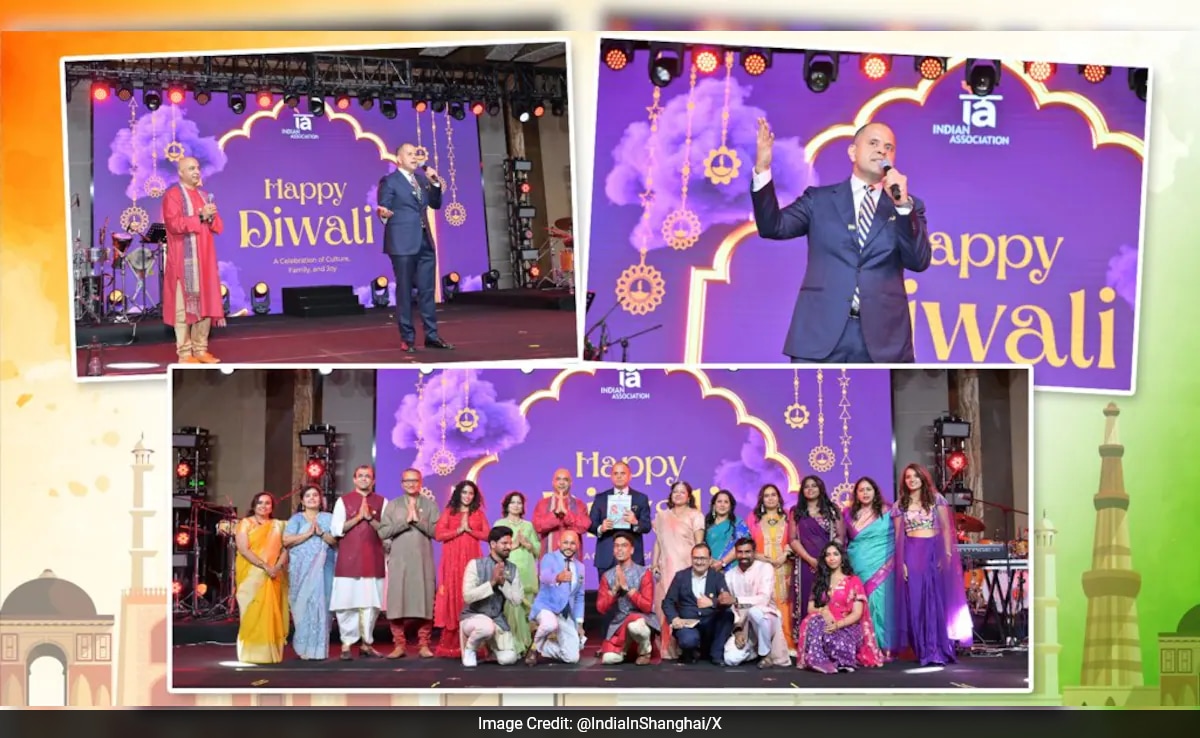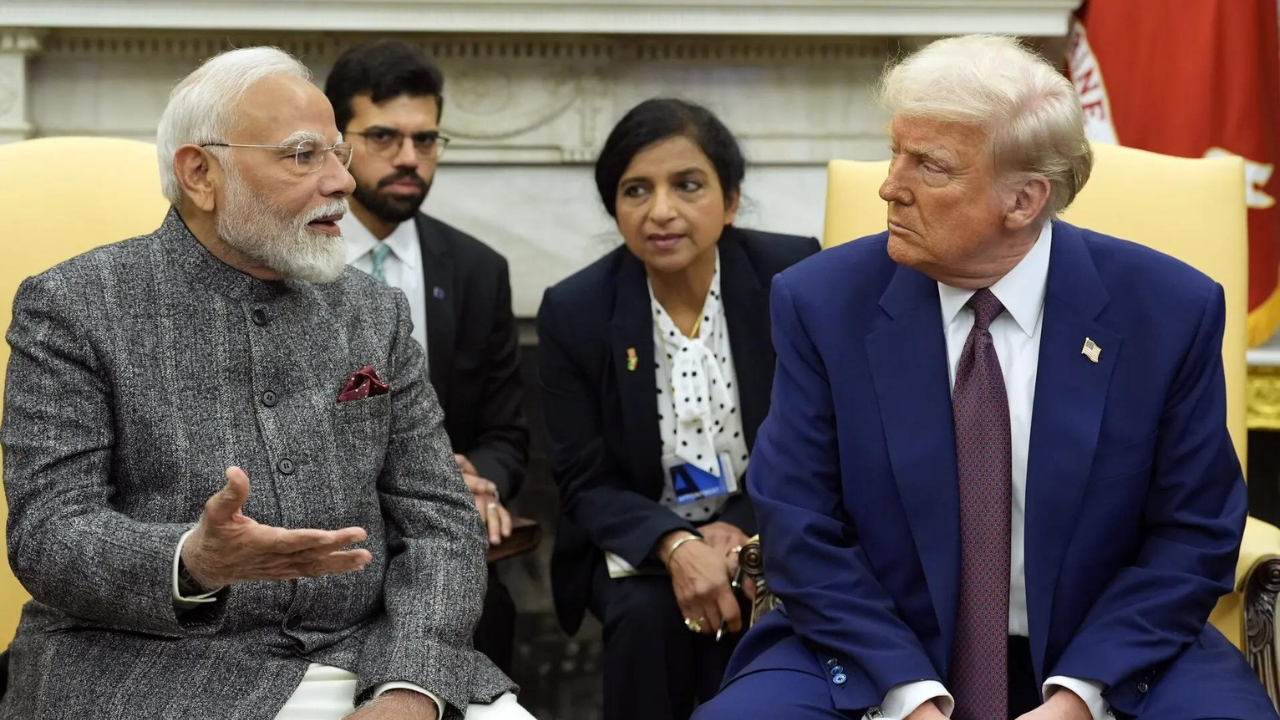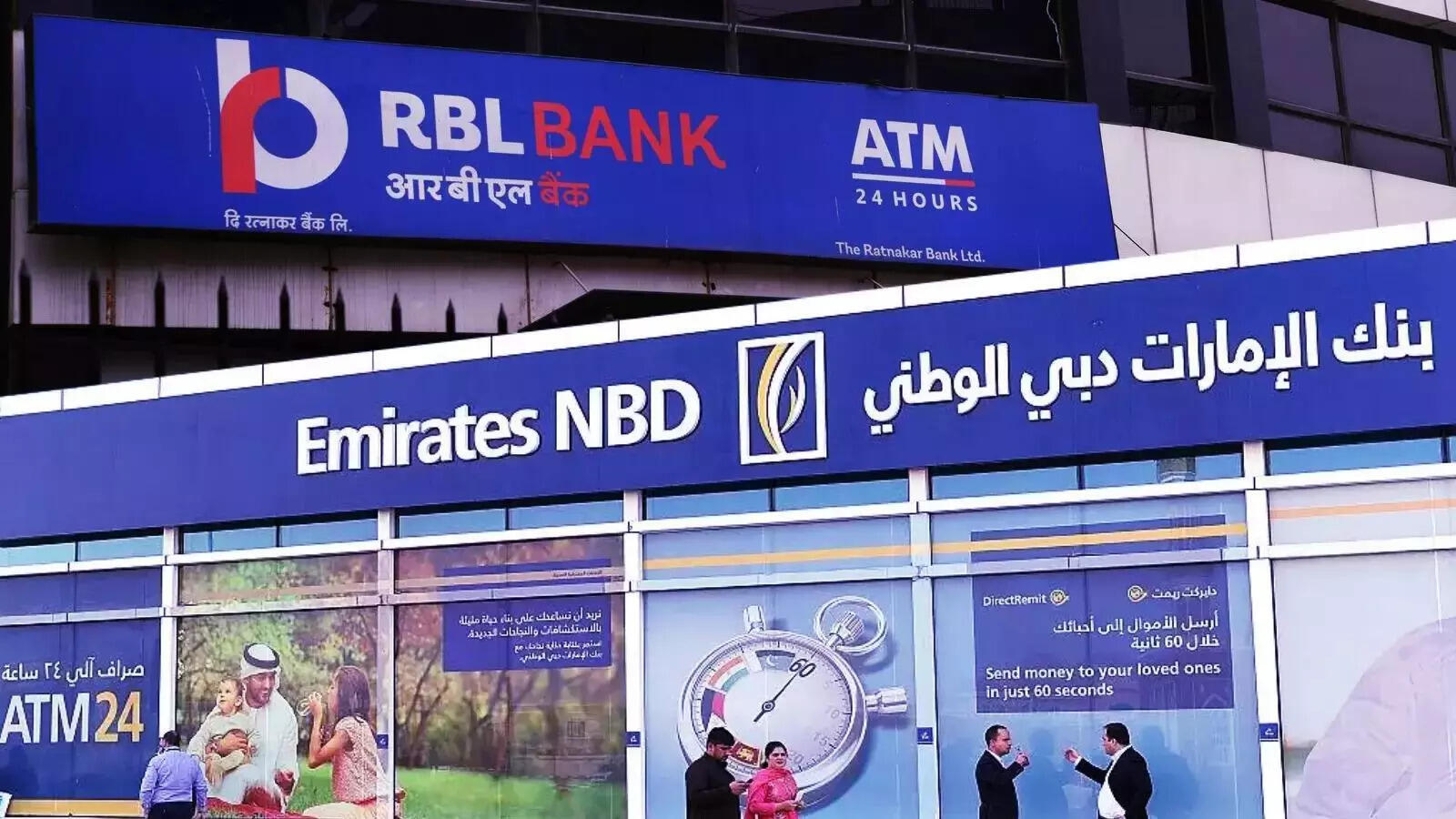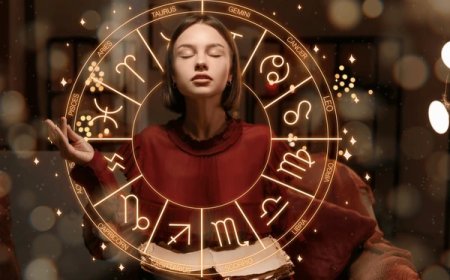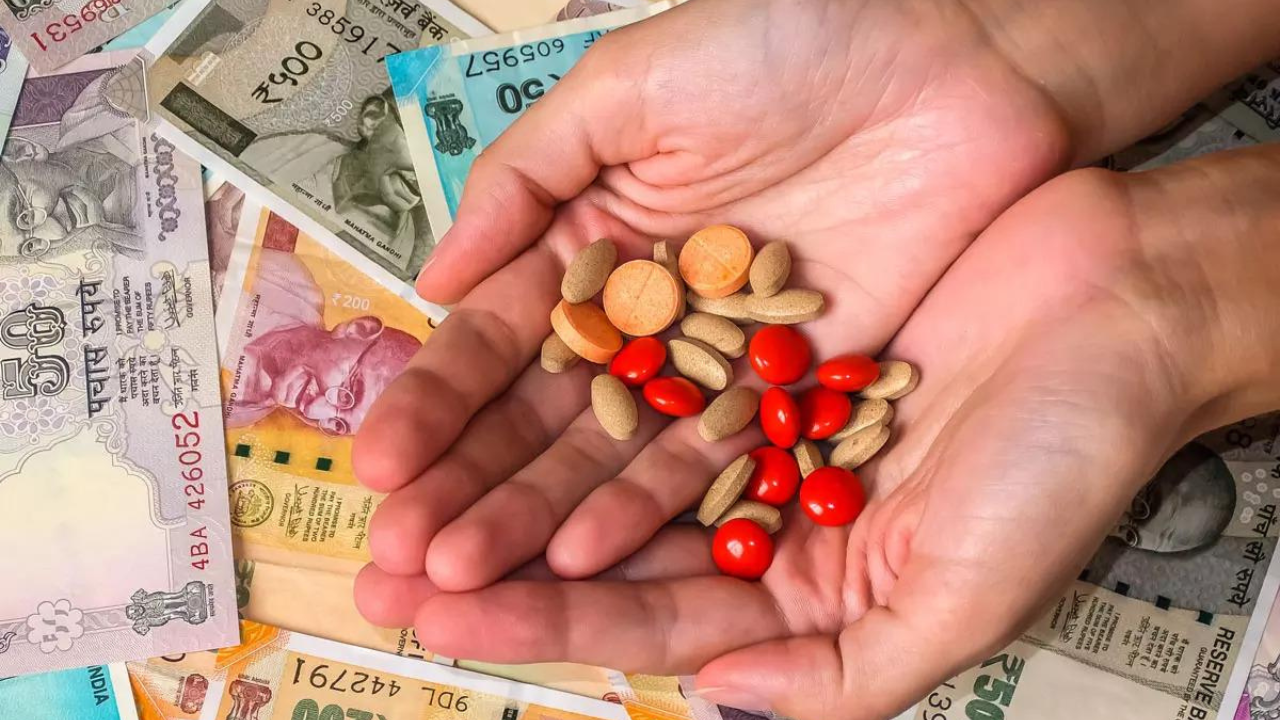When a young India was struggling to define modern theatre, it found inspiration in its folk culture

Join our WhatsApp Community to receive travel deals, free stays, and special offers!
- Join Now -
Join our WhatsApp Community to receive travel deals, free stays, and special offers!
- Join Now -

In the late 1950s and well into the 1960s, when the idea of a national culture was still crystallising, a fiery debate wracked Delhi’s cultural circles – what will modern Indian theatre be? The government had set up the National School of Drama but the question was far from settled. Should modern Indian theatre be a reflection of the contemporary Western trends dominating urban centres? Our living and lively regional folk traditions? The largely mordant Sanskrit forms the classicists were arguing for? Maybe a hybrid?
When the curtains parted in 1968 on Jasma Odan at the lovely new open-air Meghdoot Theatre built under a sprawling banyan tree behind Rabindra Bhavan in Mandi House, the answer was apparent. Here was a play drawn from the Gujarati folk form bhavai, but with a different aesthetic and approach. It told the story of a woman’s unwavering courage and fidelity but with contemporary resonance and the regressive bits scrubbed clean. The loose structure of the folk form was disciplined and the costumes were earthy, not tinsel.
It was an energetic and bright production marking the convocation that year of the National School of Drama or, as everyone calls it, NSD – 40 songs, infectious dancing, two crackling jesters, and bhoongal...
What's Your Reaction?
 Like
0
Like
0
 Dislike
0
Dislike
0
 Love
0
Love
0
 Funny
0
Funny
0
 Angry
0
Angry
0
 Sad
0
Sad
0
 Wow
0
Wow
0

